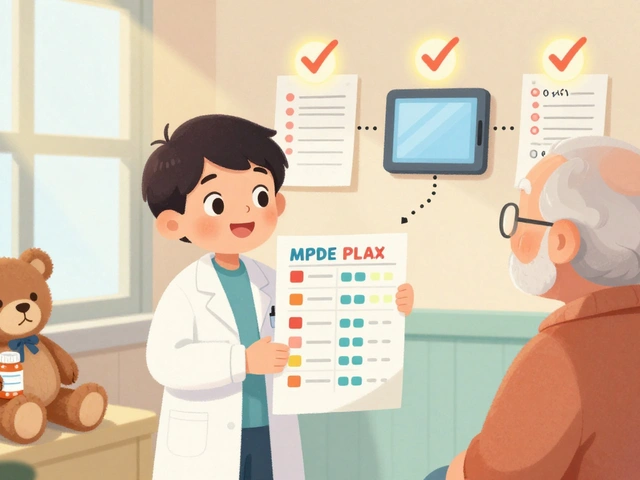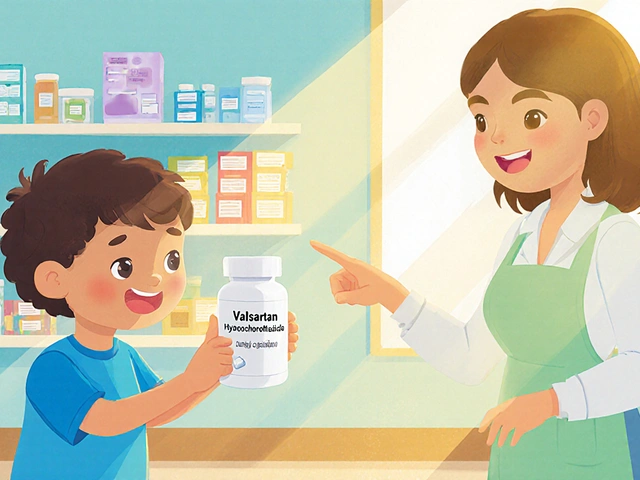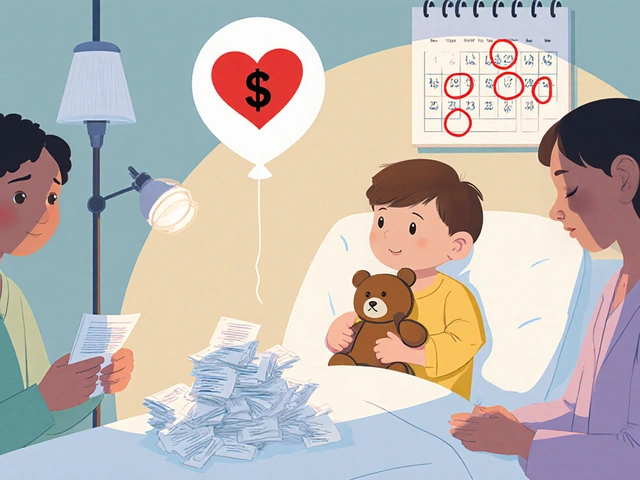Insurance: How to Get Your Medications Covered
Think your plan will just pay for whatever your doctor writes? Not always. Insurance for prescriptions is built on rules: formularies, tiers, prior authorizations, and pharmacy networks. Knowing how those pieces work makes the difference between paying full price and getting your meds covered.
Start by checking the formulary. That’s the list of drugs your insurer covers and how they’re tiered. A tier 1 drug (usually a generic) has the lowest copay. Tier 3 or specialty drugs cost more and often need extra steps. Look up the formulary on your insurer’s website or call customer service and ask where the drug sits. If a brand-name drug isn’t on the list, ask about a covered alternative.
Prior authorization (PA) and step therapy are common roadblocks. PA means the insurer needs extra paperwork from your doctor to show the drug is medically necessary. Step therapy forces you to try cheaper options first. Both are annoying but beat paying full price. To speed things up, ask your prescriber to include clear notes: diagnosis, treatment history, meds tried, and why alternatives failed.
Practical steps to save on meds
Here are concrete moves that often lower your out‑of‑pocket cost:
- Ask about generics. They work the same in most cases and cost much less.
- Compare retail vs. mail-order. A 90‑day supply by mail is usually cheaper for chronic meds.
- Use in‑network pharmacies. Out‑of‑network refills may not be covered or cost more.
- Check manufacturer coupons for brand drugs — sometimes they beat your copay.
- Apply to Patient Assistance Programs if you can’t afford specialty meds — they’re run by drug makers and charities.
If a claim is denied, don’t give up. File an appeal. Your doctor can submit a medical necessity letter and relevant records. Appeals often work when the insurer sees prior treatment failures documented clearly.
What to check before buying meds online
Buying online can save money but may break insurance coverage rules. If you want the purchase to count toward your deductible or be reimbursed, confirm the pharmacy accepts your insurance and will provide a proper receipt with drug details. Watch for these red flags: no prescription required, prices that look too good to be true, no real contact address, or no pharmacist available to consult.
Also check licensing and reviews. In the U.S., look for a state board license or accreditation like NABP/ . For international sites, be cautious — many won’t be covered by insurance and could ship unregulated products.
Want more how‑to guides and step‑by‑step tips on specific drugs, alternatives, and buying safely? Browse the insurance tag at Blueskydrugs.com for articles that walk you through real scenarios and practical solutions.




